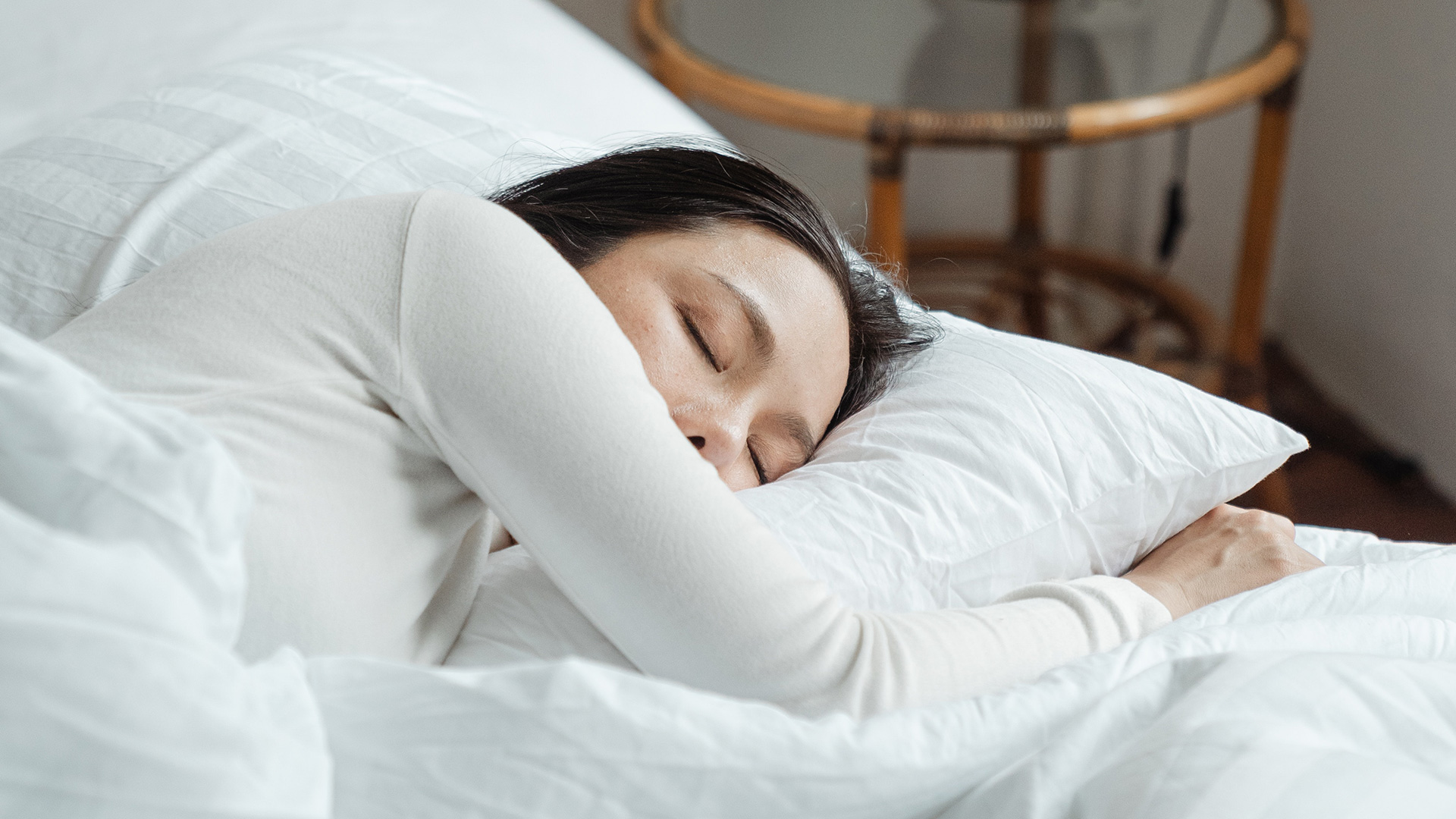Best mattress for side sleepers: what to look for if you favour your side
The wrong choice can put strain on your hips, shoulders and back. Here's how to choose the best mattress for side sleepers

On the hunt for the best mattress for side sleepers? This guide is here to help you understand what to look for to get the comfiest night's sleep while you sleep on your side. We've already got guides to the best mattress or best memory foam mattress, but this post is dedicated to those who favour their sides.
If you mainly or exclusively sleep on your side, you’re not alone. Studies suggest that between 40-50% of adults in the UK sleep in this position. It’s generally thought to be a good position to sleep in, too. That’s because it reduces back pain, improves your digestion and, perhaps most crucially, keeps your airways open; reducing snoring and the risk of sleep disorders, such as sleep apnoea. So what’s the best mattress for side sleeping?
Mattress company websites are not always the best source of information for this. In fact, they’ll often state a mattress is “perfect for all sleeping positions”, because they don’t want to cut out half their market. But honestly, that’s very rarely the case.
In reality, you have to be careful your mattress is right for your sleeping position, or you may end up suffering pain and discomfort, or exacerbating an existing condition. Here’s how to choose the best mattress for side sleeping. For more side sleeping guidance, check out these 5 tips for side sleepers.
- Browse today's best cheap mattress deals
- Protect your purchase with one of the best mattress protectors
- ... or consider one of the best mattress toppers
1. It needs to provide pressure relief
The crucial thing about side sleeping is that you’re putting a lot of pressure on the parts of your body that connect with your mattress, most notably the hips and shoulders. Trying lying on your side on a hard floor, and you’ll instantly be able to tell where these points are.
If your mattress is soft enough, though, those parts of your body will sink into it, reducing the pressure on them. (The industry buzzword here is 'pressure relief'). For this reason, side sleepers are generally advised to look for a soft or medium mattress. But how soft should your mattress be? Here, unfortunately, things get a little complicated...
2. It’s a balancing act
If your mattress is too soft, your bottom half will sink down too far and your spine won’t be aligned correctly, which may lead to back pain over time. So essentially you need to find the right balance between softness (to save your pressure points) and firmness (to save your back).
Get all the latest news, reviews, deals and buying guides on gorgeous tech, home and active products from the T3 experts
But everyone’s body is different. To complicate things further, there's no universal measure of firmness among mattress manufacturers. In other words, what one company calls a 6.5 won't necessarily be the same as a 6.5 from another brand.
Finding the perfect balance for you, then, may well be a process of trial and error over time. On the plus side, many mattress brands do provide generous free trial periods, so you can try different firmness levels out over time, without too much damage to your pocket.
You can also experiment with different firmness levels without getting a new mattress. If you want to make your existing one softer, trying adding a mattress topper. Alternatively, to make your mattress firmer, place a piece of plywood or MDF between it and the bed frame.
3. Weight is a factor
Another factor you need to take into account is how much you weigh. Logically if you’re on the heavier side, your pressure points are going to sink down further into the same mattress than someone lighter.
For this reason, the rule of thumb is that lighter-than-average side sleepers should look for a soft mattress, those of average weight will prefer a medium mattress, and heavier people may need a medium-firm or even firm mattress.
It’s also worth looking at depth. For example, a 20cm deep mattress will normally provide a deep enough cushion for someone of average weight and build to sink into, but someone larger and heavier will be probably need around 25cm depth for decent pressure relief.
4. What about the filling?
Despite what manufacturers claim, there’s no real evidence that one type of filling is innately better or worse for side sleepers. However, it’s widely argued that memory foam, latex and gel-filled mattresses respond better to the curves of your body, thus providing that ‘sweet spot’ between pressure relief and spinal alignment which side sleepers are looking for.
Memory foam, however, does seem to be a love-it-or-hate-it product. Some people love how it ‘cradles’ or ‘cuddles’ them; others say they feel ‘stuck’ or ‘sinking’ in it (in reality, the amount you'll sink into your mattress also very much depends on the model you go for). If you’ve had bad experiences with foam in the past, though, it may be worth another try, as designs have become much more sophisticated over the past few years, via the use of multiple layers, new materials and/or combining foam with springs. Head to our memory foam vs spring mattress explainer for more info.
What's the best kind of mattress for side sleepers?
If you’re a side sleeper, an old and sagging mattress is going to do you no good whatsoever. But you need to take care when choosing a new one, or you might end up in pain and discomfort as a result.
Look for a soft to medium mattress that will provide enough sinkage (letting your hips and shoulders sink into the material), without putting your back out of alignment. You also need to take your weight into account: the heavier you are, the firmer a mattress you'll need for adequate pressure relief.
Finding the level of firmness that works best for you as a side sleeper may be a metaphorical pain. But if it can save you from literal pain, it’s well worth the time and effort. So take advantage of trial periods to make sure the mattress is right for you, and return it or swap it if it isn’t.


